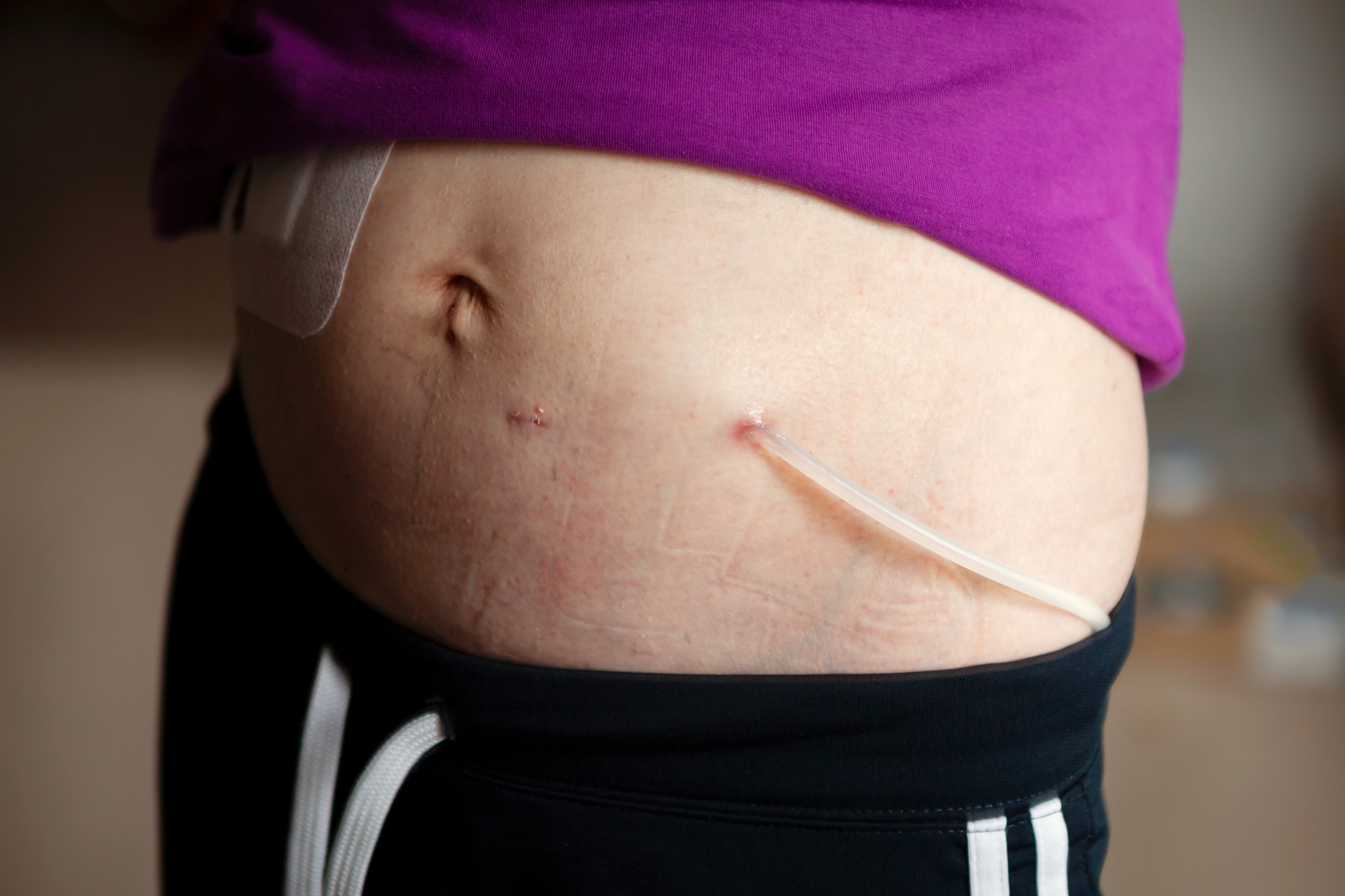
Peritoneal dialysis is a type of dialysis for the treatment of kidney failure. In peritoneal dialysis, the lining on the inside of your belly acts as a natural filter for blood purification. In this treatment, a soft plastic tube called a catheter is placed into your abdomen by surgery. By using a catheter, the abdominal area, which is also called the peritoneal cavity, is slowly filled with dialysate (the dialysis fluid). In this way, the waste and extra body fluid are discarded by drawing them into the dialysate.
The main difference between these two types of dialysis lies in the treatment method for cleansing the blood when your body stops doing it. In hemodialysis, the blood is cleansed outside of the body by using an artificial kidney machine. On the other hand, in peritoneal dialysis, the blood is cleansed inside the patient body and not by using any special machine.
There are two major types of peritoneal dialysis.
Continuous Ambulatory Peritoneal Dialysis (CAPD)
Automated Peritoneal Dialysis (APD)

1] Continuous Ambulatory Peritoneal Dialysis (CAPD)
It is a type of peritoneal dialysis in which special machines are not used. A patient can also do this, but it is done four to five times a day, even you find yourself busy at work or home. In CAPD, a bag full of two-quarter dialysate is placed inside the abdominal cavity using a catheter. The process of exchange takes place in about four or five hours. However, you will need a new bag each time to do Continuous Ambulatory Peritoneal Dialysis.
2] Automated Peritoneal Dialysis (APD)
This type of dialysis takes place by using a machine called a cycler. It is similar to CAPD, but you must do this every 1- ½ hours. Therefore, it is different from CAPD on the number of cycle’s basis. Moreover, in this case, the exchange process continues throughout the night while you sleep.
Peritoneal dialysis is not the treatment that anyone can do. You must need proper training, and then you will be able to perform each step of the dialysis, correctly. Therefore, peritoneal dialysis Florida is the best option for peritoneal dialysis.
The treatment of kidney failure through peritoneal dialysis is as effective as hemodialysis. Furthermore, peritoneal dialysis has more benefits than hemodialysis, as by peritoneal dialysis Florida you can:
Though kidney transplantation is the ultimate solution to kidney failure, the average life expectancy on peritoneal dialysis is 5-10 months in some cases. However, several patients have succeeded in living a well and improved lifestyle on peritoneal dialysis for about 20 to 30 years.
To get the best healthcare services of peritoneal dialysis Florida at an affordable price, contact us.